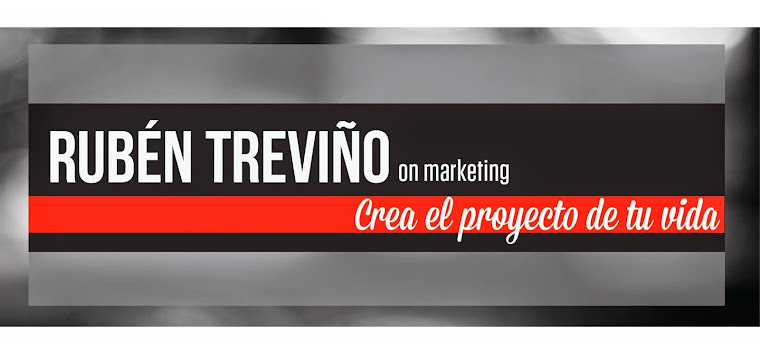U.S. Hispanics are known to be avid consumers of social media, but few marketers are using Spanish-language Facebook fan pages to reach out to them. And marketers that do try to engage Hispanics online often make mistakes, ranging from simply repurposing Spanish-language content from other countries to allowing stale content to remain online indefinitely, according to business network Latinum.
Latinum, which helps brands reach Hispanics, looked at 184 different brands and found that only 34 had any kind of Spanish-language presence on Facebook, said Andy Hasselwander, VP-professional service and product development for Latinum. That's only 18%, and included Spanish-language pages from other countries, like a Heineken fan page from Mexico.
"We looked at Spanish-language fans vs. English-language fans, and there were 1.96 million Spanish-language fans and 106.4 million English language fans," he said. That's fewer than 2% as many Spanish-language Facebook fans as English-language ones.
"On Facebook there's a big opportunity to engage," he said. "For brands willing to put up Spanish-language Facebook pages, there's a huge payoff."
Some marketers are concerned that non-Spanish speakers will stumble upon their Spanish-language content on Facebook and set off a firestorm of complaints that people in the U.S. should use English. That happened to Best Buy when the consumer electronics marketer put up a Facebook page in Spanish a couple years ago. And just last month, when a post in Portuguese for Coca-Cola's Brazilian Facebook fans appeared briefly to Americans due to a technical glitch, the comment thread turned into a depressing hotbed of xenophobia.
"We get the backlash question a lot," Mr. Hasselwander said. When pressed, marketers concede that their general market sales haven't dropped as a result of posting a Spanish-language Facebook page.
Separately, Mr. Hasselwander looked at about 100 websites across 13 different product categories, and came up with some do's and don'ts for marketers trying to reach Spanish speakers online. His tips include:
Don't just import Spanish-language content from your websites in other countries, like Mexico or Spain.
Use human translators. "It was amazing how many machine translations we found," he said. And don't just translate content from a general market site without changing the images, too.
Aim for parity in content with the English-language site. "A Spanish-language site that's one-fifth as rich might [detract from the brand]," he said.
Have a URL strategy. While a packaged-goods marketer may have websites for different brands, an easy-to-remember multi-brand site could work better in Spanish. Kraft Foods has comidakraft.com, and General Mills' QueRicaVida.com includes recipes, videos and separate product sections for 16 different brands from Cheerios to Yoplait. "It's more affordable than creating in-culture sites for a bunch of different brands," he said.
Don't do partial translation, with some links in Spanish and some in English. And if there is a transition to English, such as contact details, make that clear with an option like a dialog box so the user can choose whether to switch languages.
Avoid stale content. Sometimes marketers want to do something Hispanic and decide 'Let's do a World Cup campaign' and that becomes their Spanish-language site for the next year. "Just take it down," he says.
Don't put a Spanish-language site up, then neglect to monitor it and engage with users. And avoid orphaned social media that lacks links and easy navigation.
Marketers are at various stage of figuring out their online Spanish-language media strategy.
Home-improvement chain 's, for instance, finally launched a Spanish-language version of its website last month, but the link to Facebook is to an English-language fan page.
And Kmart, although lacking a Spanish-language website, is the first to work with Google to develop a Spanish-language video channel on YouTube. Kmart's eight-part web series, launched last month, is called "Madres y Comadres" and features two close friends who are Hispanic moms and their daily dilemmas.
"We know the challenges Hispanic women face today, and the cultural push-pull of trying to raise your children here," said Nydia Sahagun, Kmart's director of multicultural marketing.
In one of the most popular YouTube episodes, one mother is outraged that after she spent days slaving over labor-intensive tamales in her kitchen, her son traded his lunch for a school friend's tuna sandwich. In another episode, her young son decides he is too cool to be called by his given name, Rigoberto. In each episode, everyone is decked out in Kmart clothes and accessories, and some of the characters, including Rigoberto, appear in shoppable videos in which fashion expert Felix Mercado styles them in fall fashions from Kmart.
"This is one of the first projects we're doing," said Mark Lopez, who joined Google as head of U.S. Hispanic audience in November 2010. "We're providing a platform and community."
Procter & Gamble, the biggest advertiser to Hispanics, launched a bilingual website in mid-September aimed at Hispanic women with beauty and household tips and information about its brands. The site is called orgullosa.com, the Spanish word for "proud."
http://adage.com/article/hispanic-marketing/marketers-target-facebook-fan-pages-u-s-hispanics/230066/
